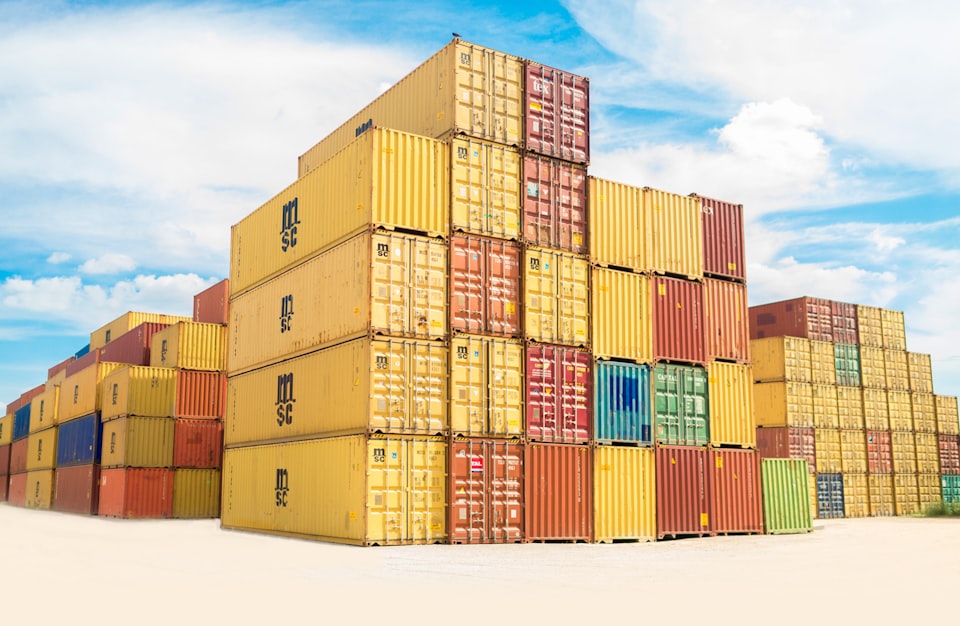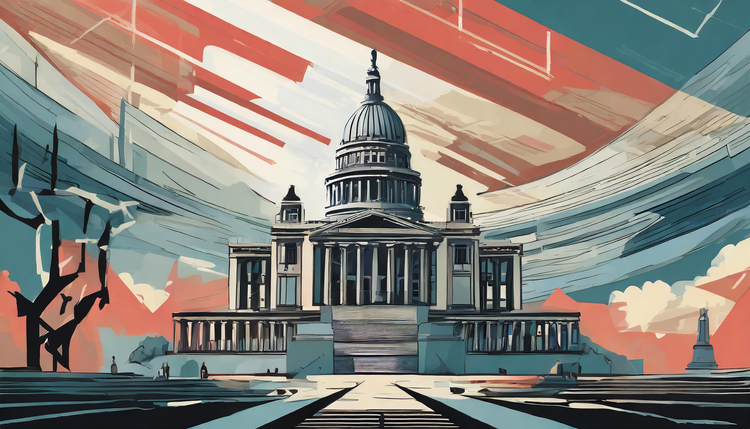America's Three Chapters of Trade

Way back in 1987, then-private citizen Donald J. Trump took out a newspaper advertisement to make one of his many bold, incorrect proclamations. It started like this:
To The American People: For decades, Japan and others have been taking advantage of the United States.
Like now, Trump was then fixated on trade but did not understand how it worked.
The history of American trade can be told in three chapters.
In Chapter One, from 1800-1870, America ran a trade deficit – importing more than we exported – for all but three years.
In Chapter Two, though, American trade shifted. Between 1870-1970, America ran substantial trade surpluses. Our exports were more valuable than our imports.
In Chapter Three, which started around 1970 but accelerated significantly during the 1980s, American trade once again shifted back to deficits. It has stayed there ever since.

What caused the three major shifts in American trade?
Chapter One unfolded when America was still a largely agrarian society. We produced large amounts of raw materials – specifically, slave-produced cotton – but did not have much in the way of exportable inventions. We needed to import advanced machines and other technologies from Europe.
Chapter Two, which started in earnest after the American Civil War, was the result of significant advances in railroads and manufacturing. Americans no longer needed to buy machinery from Europe. We could make better machines at lower costs – at home – and export them to then-industrializing countries.
Chapter Three was a different kind of story. As low-cost production moved to Asia, America's business center shifted substantially in the 1980s. One writer called this the "financialization" of American business. Over time, instead of cotton or machinery, America started providing high-value services, including financial services, to the world.
Trade is neither good nor bad. Rather, it is the result of specialization from country to country. Surpluses or deficits only indicate where a country is on its path to industrial development.
Just don't tell that to people who don't want to know.





